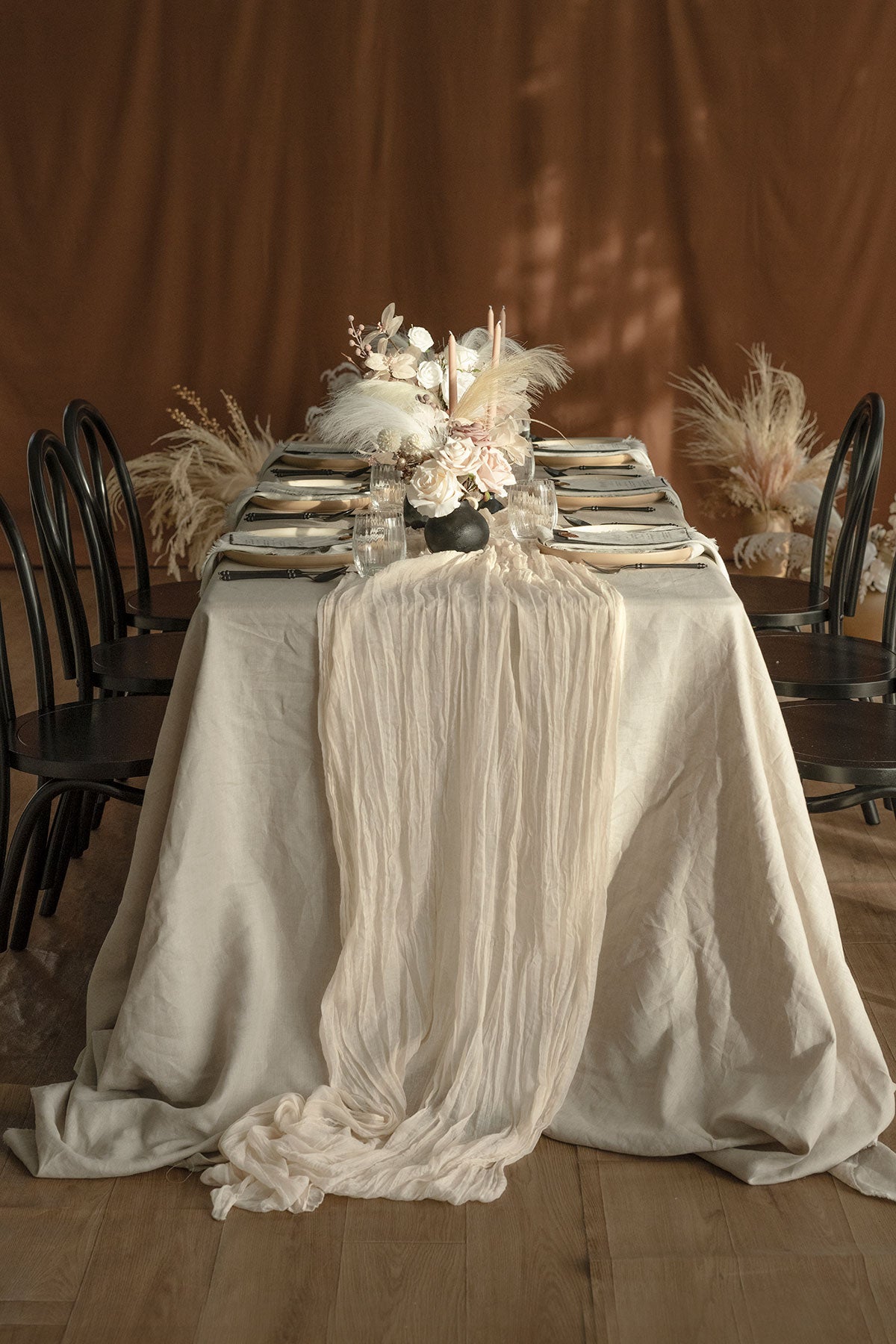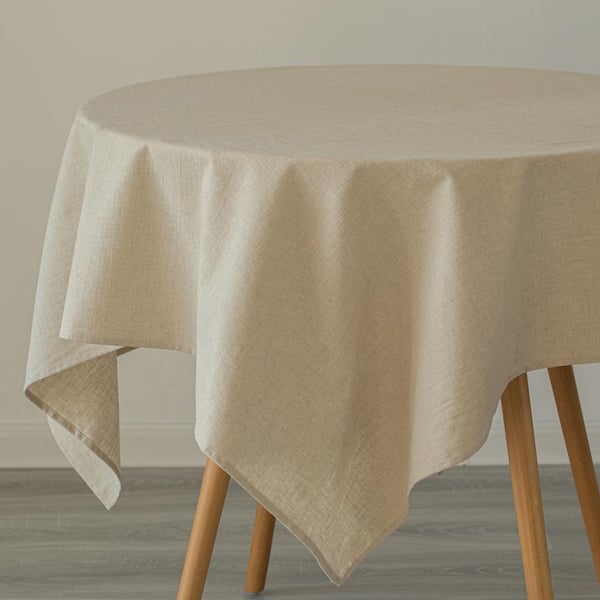Bed Linen Fabric Advancements: Exploring Modern Trends and Creative Applications in Design and Textile Industry
In the realm of fabric advancements, linen has actually arised as an ageless yet functional material that remains to mesmerize developers and fanatics alike. With an abundant background deeply intertwined with craftsmanship and style, linen fabric is experiencing a resurgence in the modern age. From sustainable manufacturing approaches to advanced weaving modern technologies, the development of linen is improving the landscape of the fabric market. As we dive right into the realms of innovative style applications and the appearance of linen blends and crossbreed textiles, a new phase unravels in which bed linen's role in future textile innovations takes spotlight.
Sustainable Practices in Bed Linen Production
Lasting techniques in linen manufacturing have ended up being significantly critical in the textile industry's initiatives to decrease environmental effect and advertise ethical sourcing methods. Bed linen, an all-natural fiber stemmed from the flax plant, provides a variety of advantages such as biodegradability, durability, and breathability. However, standard approaches of bed linen production can involve substantial water intake, pesticide usage, and energy-intensive procedures.
To deal with these difficulties, lots of fabric makers are taking on sustainable practices throughout the linen manufacturing process. This includes sourcing flax from natural farms that stay clear of damaging chemicals and chemicals, applying water-efficient retting methods to extract fibers from the flax stalks, and using eco-friendly dyes and surfaces. Additionally, some business are buying renewable resource resources to power their manufacturing facilities and minimizing waste via recycling and upcycling efforts.
Technical Innovations in Linen Weaving
With the growing focus on sustainable methods in linen production, the fabric sector is now seeing a surge in technological improvements especially focused on reinventing the art of bed linen weaving. These technologies are improving the method linen fabrics are created, providing increased effectiveness, high quality, and creativity in weaving strategies.
Among the key technological improvements in linen weaving is the combination of electronic looms. These advanced looms are equipped with software program that permits elaborate and intricate designs to be woven with accuracy. By digitizing the weaving process, producers can attain better uniformity and precision in their bed linen textiles.
In addition, improvements in yarn spinning modern technology have actually enabled the production of finer and even more sturdy bed linen yarns - table cloths. This results in softer and smoother bed linen materials that retain their top quality also after several uses and cleans
In addition, the development of environment-friendly dyeing processes and finishes for linen textiles is obtaining grip. These sustainable practices not only minimize the environmental effect but likewise accommodate the enhancing consumer demand for morally created textiles.
Creative Layout Applications for Linen
Innovative imaginative strategies are significantly shaping the creative style applications for linen in the fabric industry. Developers are pressing the boundaries of traditional linen use, exploring its versatility in numerous applications. One famous trend is the assimilation of linen in lasting style lines, where its green residential or commercial properties are highlighted. Bed linen's all-natural visual charm and ability to mix with other fabrics make it a preferred choice for producing special garments and devices that satisfy the eco mindful customer.
Furthermore, developers are trying out with bed linen in home decoration, using its breathable and sturdy nature to craft fashionable home furnishings such as curtains, bedding, and upholstery. The structure and drape of linen bring a sense of class and convenience to indoor rooms, including a touch of style to modern homes.

Bed Linen Blends and Hybrid Fabrics

Crossbreed fabrics, on the other hand, take the concept of blending an action better by including extra aspects such as metal strings, recycled products, or conductive fibers. These innovative textiles not just increase the style possibilities yet likewise introduce functional facets like conductivity, antimicrobial buildings, or boosted sturdiness. Hybrid fabrics are significantly being used in numerous markets, including style, interior decoration, and technical fabrics, where the need for multifunctional products gets on the increase.
Linen's Role in Future Textile Innovations

In the world of future fabric developments, linen is anticipated to be a principal in the development of sophisticated useful textiles. Researchers and designers are checking out means to boost linen's fundamental high qualities via technical advancements, such as integrating wise fabrics, nanotechnology, and efficiency finishes. These innovations aim to raise linen's efficiency features, making it ideal for a more comprehensive variety of Our site applications, from activewear to protective clothes.
Additionally, the combination of bed linen with various other natural or check artificial fibers opens endless possibilities for producing novel fabrics with special properties and performances. By leveraging linen's features and discovering cutting-edge blends, the fabric market is positioned to present interesting growths that accommodate evolving customer requirements and sustainability demands.
Final Thought
In final thought, the exploration of sustainable techniques, technical innovations, imaginative layout applications, linen blends, and its role in future textile technologies highlight the continual development of linen fabric in the modern-day style and textile industry. With a concentrate on advancement and imagination, the adaptability and environment-friendly nature of linen make it an important product for manufacturers and developers alike, leading the way for further growths and improvements in the field of textiles.
As we dive into the realms of innovative design applications and the emergence of bed linen blends and hybrid textiles, a brand-new chapter unravels in which linen's duty in future textile technologies takes center phase.
Checking out the fusion of bed linen with other materials has led to the appearance of innovative blends and hybrid fabrics in the contemporary fabric market. Linen blends supply a special combination of the attributes of linen with those of various other fibers, resulting in fabrics that have enhanced residential or commercial properties such as increased durability, boosted draping, and reduced wrinkling.The development of bed linen blends and hybrid textiles has set the phase for Linen to play a crucial function in driving future fabric innovations.In the world of future textile technologies, linen is expected to be a vital player in the development of advanced useful fabrics.